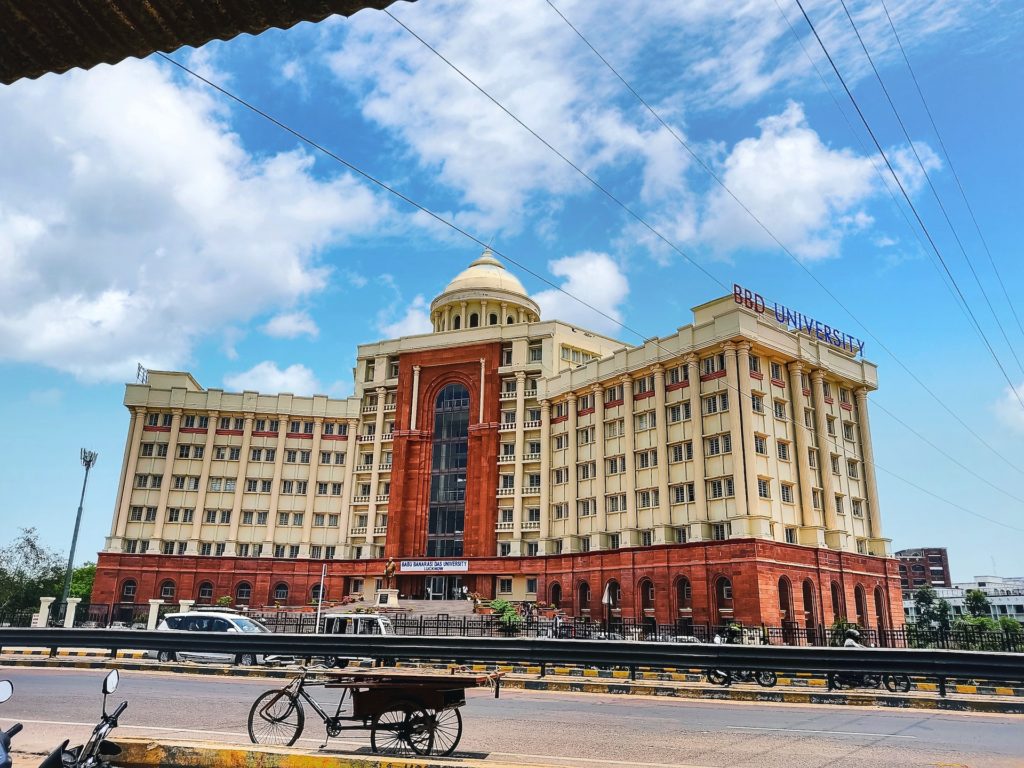The higher education system in India is represented by more than 200 institutions, with more than 6 million international students and students from India. India ranks third in the world after China and the United States in the high education system. Indian universities are divided into federal universities and universities offering tuition within the same state. India offers advanced information technology education programs for students interested in pursuing a bachelor’s degree in computing and information technology.
Besides, the All India Institute of Medical Sciences in New Delhi is considered one of the leading research centers for the development of medical technology and treatment methods.
The Indian university system was formed under the influence of Anglo-Saxon and European countries. Therefore, it has absorbed the experience of the most advanced educational institutions in the world. Indian universities today strive to be accessible to every citizen. Thanks to the democratic policy of universities, studying in India will be inexpensive for a foreigner.

Top best universities in India
Below there are universities which are included in the QS world ranking:
- Indian Institute of Science (IISc) in Bangalore
It currently has 3,500 students. This university has one of the world’s best programs in electronic and electrical engineering, as well as materials science.
- Indian Institute of Technology Bombay (IITB)
Located in Bombay. Almost 10,000 students study here. IITB has great international contacts and helps its students and alumni to establish scientific networks.
- Indian Institute of Technology Madras (IITM)
Located in the city of Chennai and is the Alma Mater for 8,500 students. 131 foreign students are studying here, which is a record among the leading Indian universities.
- Indian Institute of Technology Kanpur (IITK)
6,500 students study here. The university conducts an active research activity. IITK has its own very well-equipped laboratory and a national wind tunnel, with which even foreign scientists work. Strong disciplines, in addition to the standard ones, include mathematics and statistics.
- Indian Institute of Technology Kharagpur (IIT-KGP)
It is the largest among the top universities in terms of the number of students, and it is 10,500 of them. IIT-KGP became the first of 16 technological institutes in India. Its slogan – “Perfection in action is yoga”. Thus, the university emphasizes the need for a responsible approach to any work.
- Indian Institute of Technology Roorkee (IITR)
More than 8,000 students are currently studying here. IITR has a very strong entrepreneurial culture, and many of its graduates become startup founders.
Why Choose Indian Universities?
- Technical and engineering specialties
India is a growing economy, so the development of knowledge-intensive industries in universities is a top priority. The majority of international students travel to India for quality education programs in technology and engineering. Almost all the largest universities that have achieved international recognition are narrow-profile institutions that specialize in high-tech industries. Indian universities are particularly renowned for their chemical engineering efforts to develop more economical and environmentally friendly methods for using raw materials. Electronic engineering and computer technology are also popular.
- MBA degree
India’s booming economy is predicted to be one of the three leading economies in the world. By the middle of the 21st century, India attracted major international organizations from the United States and Europe. As a result, the demand for marketing and business administration professionals has increased in India.
In turn, this led to the formation of well-built business schools in the country. According to the 2016 ranking of the Financial Times magazine, two Indian business schools are in the world’s top 50.
- Financial availability
In the Asian region, Indian education is considered quite budgetary. Studying at the top universities in the country costs about 3,000 USD per year. Plus, India has relatively low prices for housing and food. A one-room apartment in the city center will cost about 100 USD-160 per month.
- English language
Back in the 20th century, the Government of India established Hindi and English as the official languages. In large Indian cities, you can often find many English-speaking residents, and in the best Indian universities, there are many English-language programs.
Indian universities in world rankings
In the QS World Ranking, 8 Indian universities are in the top 500. Not every European country has such an indicator (for example, in Austria only 4 universities are in the top 500). For India, whose universities began to grow actively only in the 20th century, this is an excellent figure. Among other things, Indian universities are in the leading positions in the rankings by region.
Higher education in India: admission
Not all programs in Indian universities are available to foreigners, some higher education institutions accept students from other countries only for master’s programs and higher, or only for certain specialties, or only for research work, and so on. Information about this can be found on the website of a particular university.
It is necessary to pass exams to enter an Indian university for undergraduate programs. The list of entrance examinations in each direction is different. Such exams are taken directly at the host university on a full-time basis.
Living conditions and expenses
Tuition fees in India range from $ 300 to $ 15,000 per year. The amount of payment is directly proportional to the prestige of the educational institution. Foreigners usually go to institutes of technology, where the annual tuition fee is $ 4,000. The most demanded are engineering specialties.
Renting an apartment in a big city like Mumbai or Delhi costs about $ 300 a month. In small towns, a one-room apartment will cost about $ 90 per month. Food, public transport, entertainment in India are cheap. On average, a student’s expenses per month are $ 150 if he lives in a hostel.
